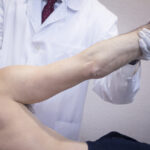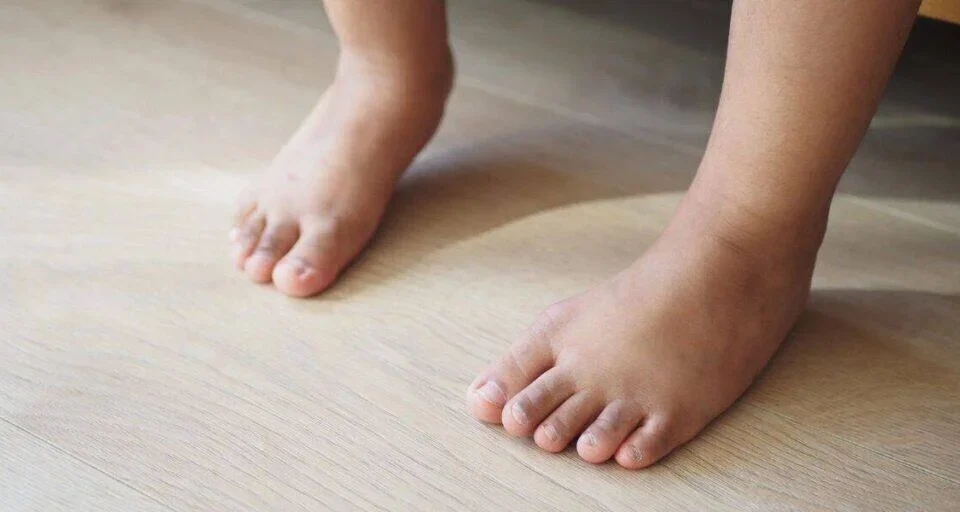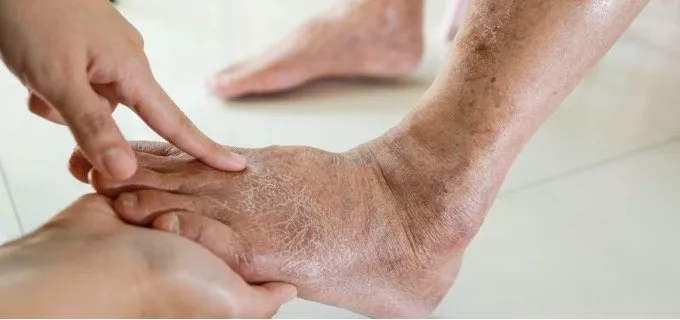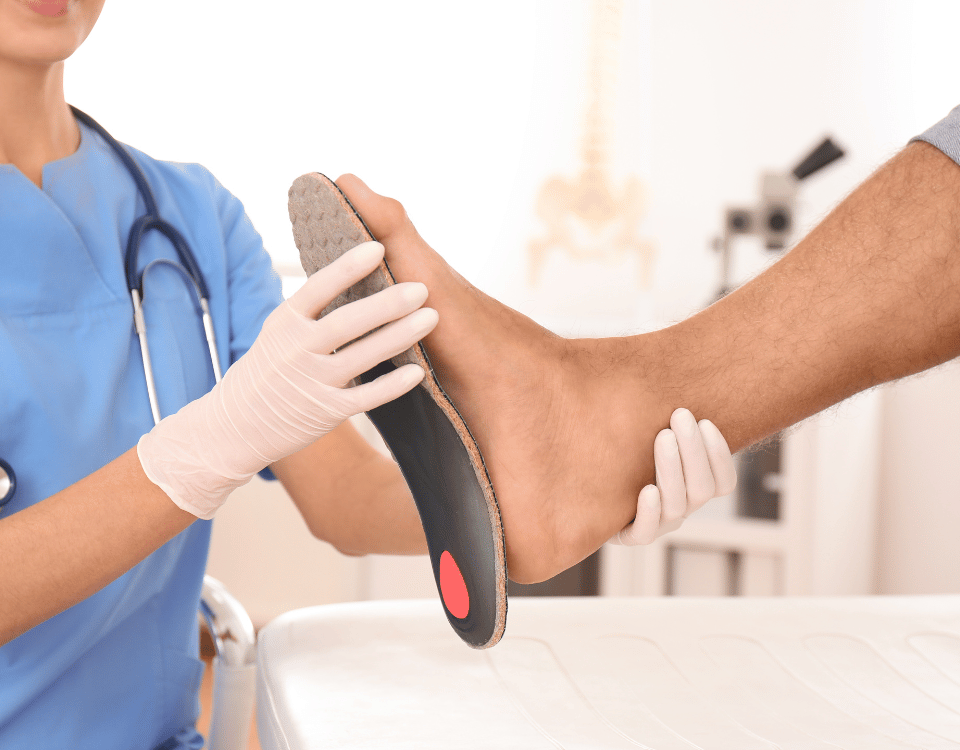
The Role of Lifestyle Choices in Preventing Squamous Cell Carcinoma
September 30, 2025
When Should You Consider Seeing an Orthopedic Surgeon?
September 30, 2025Flat feet are a condition where the arches of the foot collapse. The entire sole of the foot may come into complete or near-complete contact with the ground. For runners, this structural characteristic sometimes affects gait and overall mechanics. Here is some information about the impact of flat feet on your running performance:
Managing Overpronation
Runners with flat feet often experience overpronation, where the ankle rolls too far downward and inward with each step. This motion is a natural part of the gait cycle, but excessive pronation may place additional stress on the body. Selecting appropriate footwear helps manage this movement. Stability running shoes are designed with features like medial posts or guide rails to help support the arch and limit excessive foot motion.
Custom or over-the-counter orthotic inserts provide an additional layer of support. These devices are placed inside your shoes to help maintain a more neutral foot position during your run. Proper footwear and orthotics work together to support the alignment of your feet, which can lead to a more efficient running stride.
Preventing Injuries
Flat feet and overpronation can increase your risk of certain running injuries. When your foot’s arch doesn’t absorb shock effectively, more stress is transferred up your leg. This can lead to various issues, including:
- Foot pain: When your arch is flat, the ligaments and tendons in your foot may experience increased stress, often resulting in heel or arch pain. To help prevent this, strengthen your foot muscles with exercises like toe curls. Walking barefoot on soft, safe surfaces can also build natural foot strength.
- Shin splints: Overpronation can cause your lower leg muscles to work harder to stabilize your foot, leading to inflammation and pain along your shin bone. Incorporating a thorough warm-up before each run helps prepare these muscles. Stretching your calf muscles and Achilles tendon during your cool-down aids recovery.
- Knee pain: Alignment issues that start with flat feet often travel up your leg, affecting your knees and hips. Strengthening the muscles in your feet and lower legs, such as through calf raises, helps improve overall stability and reduce strain on your knees.
Treating Flat Feet
While flat feet are a structural trait, methods can address the symptoms they cause. Physical therapy provides a structured approach to enhance your running form and strengthen key muscle groups. A physical therapist can guide you through specific exercises tailored to your movement patterns, helping improve stability and reduce strain.
Stretching routines that target the calf muscles and Achilles tendon may also be beneficial. Tightness in these areas typically contributes to overpronation, so keeping them flexible is helpful. If pain persists, speaking with a healthcare professional can provide more personalized treatment options. They assess your specific condition and recommend treatment that aligns with your running goals.
Work With a Podiatrist Today
By understanding your foot mechanics, you can manage overpronation and reduce injury risks with the right strategies. Focus on building strength, wearing supportive footwear, and seeking professional guidance to address challenges effectively. Contact a podiatrist today to schedule an appointment and get personalized support for your feet.





